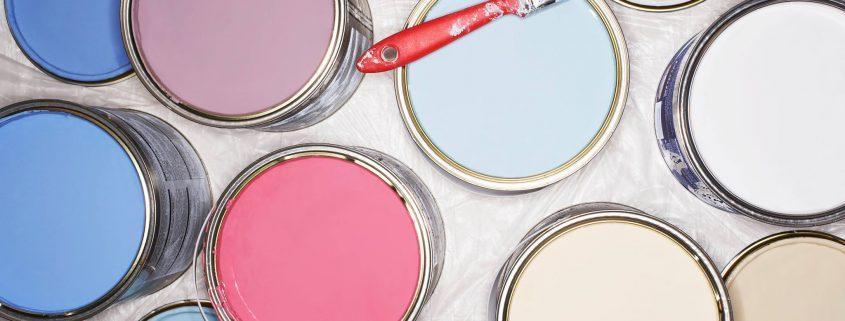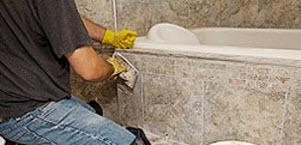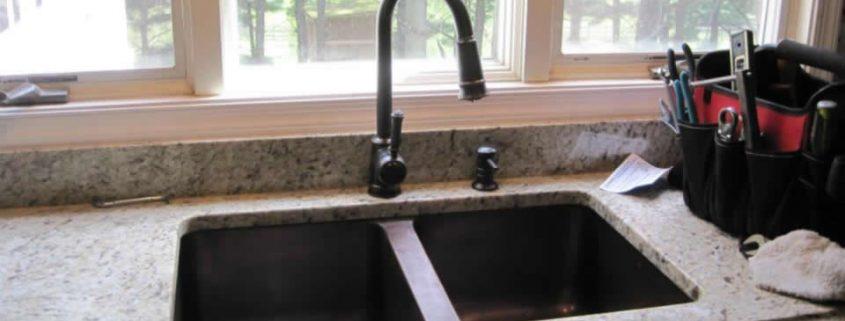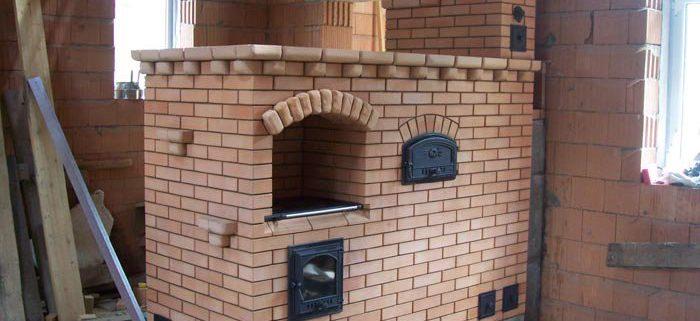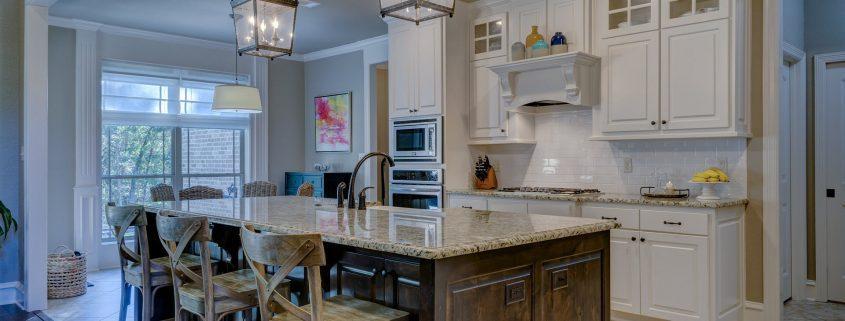Decorating Your Home with Indigo
Decorating your home in different colors can create a totally different atmosphere. It does not give off the same feeling when you use pastel tones versus strong colors, since with the first transmits serenity and the second energy. In this case, we will see what the use of indigo blue brings us when used in decorating.
Blue tones are considered cool which contributes to relaxation. Blue is the color of serenity, but in its more intense tones can give much strength to spaces. Indigo is precisely one of the most intense and strong blues, a color that does not go unnoticed and can be used in the decoration as an absolute protagonist.
Indigo blue
This color is within the range of blues. Blues are used to give freshness to a space. They are cold tones, so they are often used in hot places to give the feeling of a cooler environment. If you want the feeling to be warm, it is better to opt for warm tones such as orange or yellow. Blue is also a color that is associated with tranquility as it is used to create relaxing environments. Indigo is one of the most intense blues, so it does not give much in terms of calmness. It is a deep and intense color, which is mysterious and elegant at the same time. While perfect for any type of environment, if you want to lower its intensity you should include the use of light tones or white.
Indigo for the outside
This intense blue color has also been used on the facades of houses, around windows or on front doors. No doubt it is a color that brings an original touch to the home but can also withstand the passage of time in the areas outside the house.
Indigo blue in fabrics
If this color seems excessive to use on walls because of its intensity, you can always use it in the details. The most functional decorations are made with base tones, white, gray, beige or black, and on them is another color to add to the decorating. In addition, if you get tired of this tone, you can always change the fabrics to a warmer color for winter or for a softer pastel tone. By using indigo in only textiles, possibilities are much wider.
Indigo blue on the walls
The most daring way to use indigo is on walls. Several things must be taken into account if you are going to paint one or several walls in this color. It is such an intense and dark color, so if you have a room that does not have natural light, it is best to avoid it. Being a dark color, spaces will look smaller. One trick to expand them visually is to add a mirror on the blue painted wall, as it will reflect the light and the space will appear larger. If you still want to paint the wall with this color, you can always paint only half, as it is a very current trend and add brightness with a white tone at the top.
Indigo in the bathroom
Blue tones are very common in bathrooms, but in general are usually used in medium or light tones to give a freshness to everything. Indigo can be a great choice to create an elegant style bathroom. Adding touches like fixtures in golden tones can be a great idea, and also mix white tones in the tub, walls and toilets to subtract the intensity of the blue.
Mix colors with blue
Indigo blue is usually mixed with a warm tone to remove a bit of coldness. Brown, beige, yellow and mustard tones look great with this type of blue, because there is contrast. Sometimes you’ll see more daring mixtures, with pink and green, for a salon which is totally original.
Furniture in blue indigo
This blue is very original, so it is a great option if you want to give a different touch to a space. Furniture can be painted to give them a very different look, and this color is very interesting for antique wooden furniture. It will give a new touch and even bohemian style, and the furniture will stand out wherever we put it.


